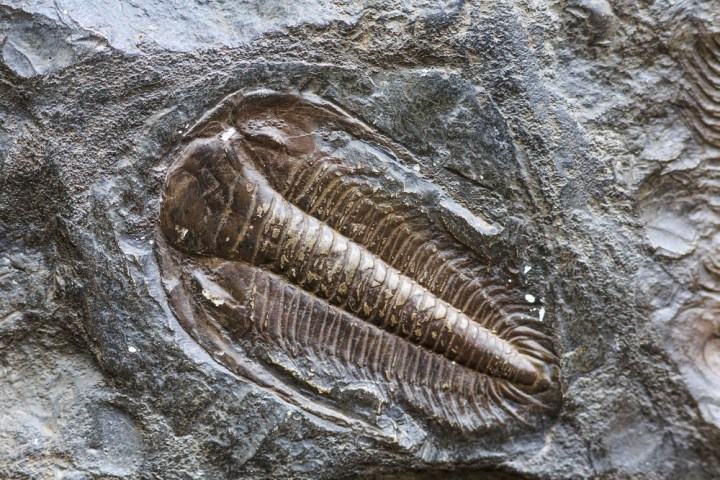
Fossil Finder uses both drones and kites to capture high-resolution surface images of the desert region in the Turkana Basin in northern Kenya. The first surveyed area includes the east side of Lake Turkana in northern Kenya, which is called a “fossil hotspot” by the research team. Turkana Basin is perfectly suited for this type of study as the Basin is an area of rifting, where the pulling apart of the earth’s crust leads to the burying and possible fossilization of bones. Erosion over time exposes these buried bone fragments, making it possible to view them from the surface.
Researchers could head out on foot to find these fossilized pieces, but the basin territory is not very hospitable due to its rugged landscape and high temperature. Thanks to advances in unmanned drone technology and the development of a kite-based aerial photography system, the team can document the landscape without experiencing the harsh conditions in this badlands territory.
Captured aerial images are posted to the Fossil Finder website, where enthusiasts at home can access and examine the photos at their leisure. Users are asked look through a range of images at a time and classify surface features and objects. This classification system identifies newly exposed fossils that appear only for a short period before they erode away. These transient fossils often were missed with traditional field surveys, but now can be studied thanks to the aerial footage.
Not only does it catalog transient fossils, but it also may lead to more significant discoveries. By leveraging the power of citizen science, Fossil Finder can get more eyes on an image than ever before. The more eyes on a picture, the more likely someone will discover a significant fossil fragment or artifact. Once an item of interest is identified, it is cataloged by Fossil Finder and reviewed by scientists. If the finding is worthwhile, researchers will send out a team on foot using to explore the piece in more detail and begin an excavation if warranted.
Participation in Fossil Finder is free and requires some training, which is provided when you sign up. You can find our more about the project at the Fossil Finder blog and start fossil finding now at Fossil Finder’s Zooniverse page.




